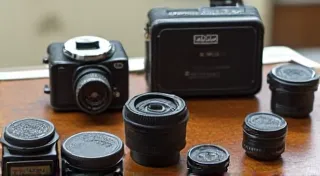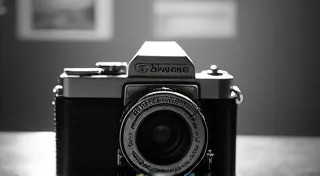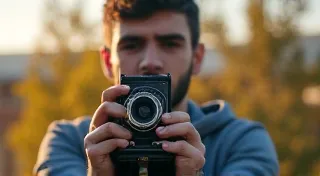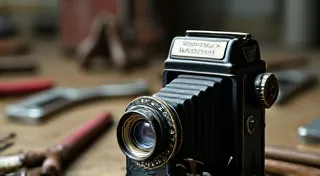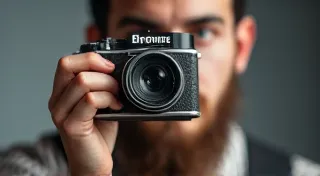Photographing with Vintage Brownie Cameras: Tips and Tricks
Brownie cameras – those iconic, boxy relics of photography’s early days – hold a unique charm. They’re affordable, relatively simple to operate, and produce a wonderfully nostalgic aesthetic. But using a vintage Brownie isn't quite as straightforward as modern digital cameras. This guide provides practical advice for those looking to get started photographing with these classic cameras.
Understanding Your Brownie Camera
The Brownie line spanned many models, each with slight variations. Most are box cameras with fixed focus lenses. They generally operate on simple mechanisms – a shutter release, a film advance lever, and a sometimes-hidden viewfinder. Before you start, familiarize yourself with your specific model. A quick online search using your camera's model number can often reveal details about its operation and potential quirks. Some models, like the Brownie Six, offer a larger format for even more character – learning about the nuances of different variations can be fascinating. The legacy of these cameras extends beyond their technical specifications; they’re a portal to a specific era and a testament to the ingenuity of early photographic design, influencing everything from commercial photography to snapshots shared within families. Delving into the history of such a widespread and beloved camera is a rewarding experience.
Film Selection: The Heart of the Process
Brownie cameras were originally designed for 620 film, but many have been converted to accept 120 film with an adapter. 120 film gives you four exposures per frame when used in a Brownie originally designed for 620. Black and white film is a good starting point, as it’s more forgiving of exposure errors. Color negative film is also an option, though you'll need to be more precise with your exposure. Understanding how to adapt film for your particular Brownie is a key element of the experience. The choice of film drastically alters the final result, contributing significantly to the camera's signature look. Exploring different film stocks can be a creative journey in itself, allowing you to fine-tune the aesthetic and achieve unique visual effects.
Important: Check your camera's film take-up spool. It might be brittle or broken. If so, carefully clean or replace it.
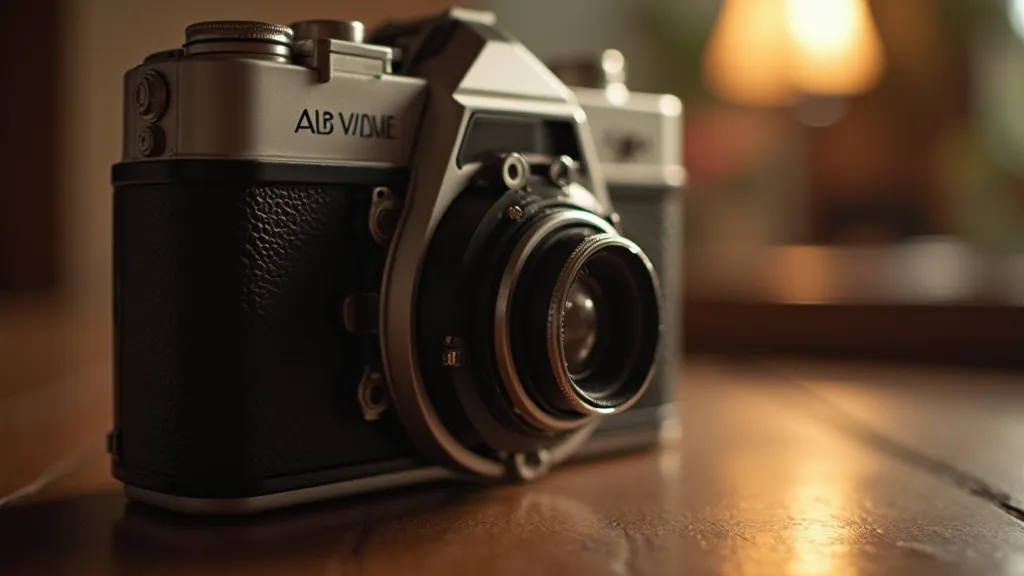
Exposure: The Key to Success
Most Brownie cameras lack built-in light meters. This means you’re relying on estimation or using the ‘Sunny 16’ rule as a starting point. On a sunny day, at f/16, use a shutter speed of 1/125th of a second. Adjust this based on the actual lighting conditions. Cloudy days require slower shutter speeds, and shaded areas require even slower speeds. Underexposure is generally more visually appealing with vintage cameras than overexposure. Experiment and keep notes! Consistent exposure is crucial for achieving the desired results. Many photographers find that understanding the principles behind exposure compensation, while not directly applicable to a Brownie, can still inform their decision-making process. Capturing memorable moments often requires a blend of technical skill and artistic vision.
Exposure Charts and Guides: While these cameras don't have meters, you can find online resources that provide suggested exposure times for various lighting conditions, specific to older film types. Search for "vintage film exposure chart" to find options.
Focusing: It's All About Distance
As mentioned, most Brownies have fixed focus lenses. This means they are generally sharp at a particular distance range. Most older Brownies are designed to focus on subjects between 5-15 feet. Subjects closer than 5 feet will appear blurry, as will those further away. Embrace this characteristic – it's part of the vintage charm! This limitation can be creatively exploited; learning to work with the camera's sweet spot and intentionally embracing out-of-focus elements is part of the journey. The artistic possibilities are endless when you work *with* the camera’s limitations instead of fighting against them. Understanding depth of field, even in its simplistic form within a fixed-focus camera, is a core concept for any photographer.
Shooting Techniques: Embrace the Imperfections
Don’t strive for perfection. Vintage Brownies are about capturing a moment in a unique and imperfect way. Grain, light leaks, and slightly blurry images are all part of the experience. There are many ways to master the unique character of these cameras; some photographers even deliberately attempt to encourage light leaks for artistic effect. Exploring advanced Brownie photography techniques can reveal a new level of creative control, even within the limitations of the camera. The beauty of a Brownie lies not in its precision, but in its ability to capture a feeling, a memory, a slice of life with a charming, nostalgic quality. Every imperfection tells a story, adding depth and character to the final image.
- Hold it Steady: Shutter speeds are often slow, so a steady hand is essential. Use a wall or tree to brace the camera.
- Consider Light Leaks: Some light leaks are inevitable. They can add a dreamy, ethereal quality to your images.
- Film Advance: Ensure the film advances correctly after each exposure. Double-check!
Cleaning and Maintenance
Handle your Brownie camera with care. Dust and debris can accumulate inside the lens and on the film path. Gentle cleaning with a soft brush can help. Do not attempt to disassemble the camera unless you have experience and the correct tools. Understanding the camera’s mechanical operation is essential for proper maintenance, and some online resources detail common problems and repairs for vintage Brownie cameras. Regular maintenance is key to preserving the camera’s functionality and extending its lifespan. A little preventative care can save you a lot of trouble down the road.

Beyond the Basics: Experimentation
Once you’re comfortable with the basics, start experimenting. Try different film types, explore unusual lighting conditions, and embrace the unpredictable nature of these classic cameras. The Brownie’s impact isn’t just limited to still photography; it's been featured in films and literature, a testament to its cultural significance. Beyond photography itself, understanding the history and cultural context of the Brownie can enrich the experience. The charm of these cameras lies in their simplicity and the element of surprise they offer. Each shot is a unique experiment, and the results can be wonderfully unpredictable.
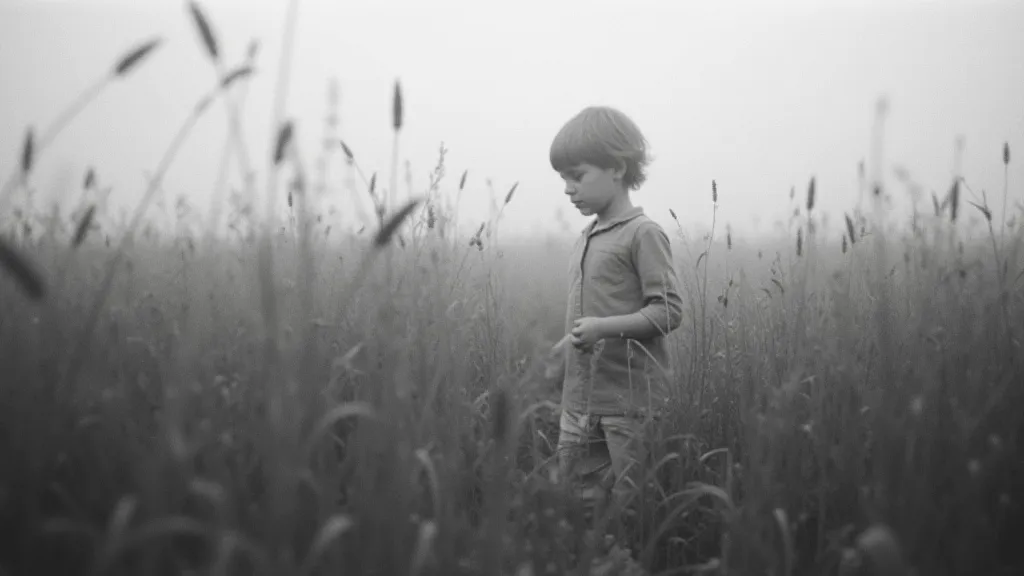
Resources
Numerous online forums and communities are dedicated to vintage cameras. These are invaluable resources for troubleshooting, sharing experiences, and learning more about specific Brownie models.
A Little History
The Brownie camera, first introduced by Kodak in 1900, revolutionized photography, making it accessible and affordable for the masses. Named after the popular cartoon character Brownie, the camera was marketed as a simple, easy-to-use option for families and casual photographers. The initial model cost just $1, and it came loaded with film – customers could then send the camera back to Kodak for processing and new film. This ingenious system significantly reduced the cost barrier to entry for photography, opening it up to a wider audience than ever before. The cultural impact of the Brownie extends beyond its role in making photography accessible; it captured a generation's memories and influenced the development of photography as a medium.
Troubleshooting Common Issues
Even with careful handling, vintage Brownie cameras can sometimes present challenges. A few common problems include sticky shutters, light leaks, and issues with the film advance mechanism. While some of these can be addressed with simple cleaning and lubrication, more complex repairs might require the expertise of a vintage camera technician. Knowing when to seek professional help can save your camera from further damage and ensure its longevity. Understanding the mechanics of the camera allows you to troubleshoot common problems and maintain its longevity.
Creative Exploration: Embracing the Limitations
The limitations of a Brownie camera are often what make it so appealing. The fixed focus, the lack of a light meter, and the simple mechanics all contribute to a unique aesthetic that is difficult to replicate with modern cameras. Instead of viewing these limitations as drawbacks, embrace them as opportunities for creative exploration. Experiment with different lighting conditions, try shooting from unusual angles, and don't be afraid to make mistakes. The most rewarding photos are often the ones that surprise you. The spirit of creative constraint – working within limitations – is a powerful force in any art form.
The Continued Appeal of the Brownie
Despite the availability of sophisticated digital cameras, the vintage Brownie continues to hold a special place in the hearts of photographers. Its simplicity, affordability, and unique aesthetic make it a compelling alternative to modern technology. Whether you're a seasoned photographer or a curious beginner, the Brownie offers a chance to slow down, appreciate the process, and capture the world in a truly unique way. The Brownie serves as a powerful reminder that sometimes the most beautiful things are born from simplicity and imperfection.

